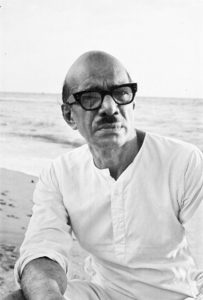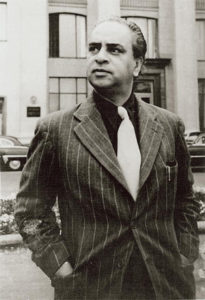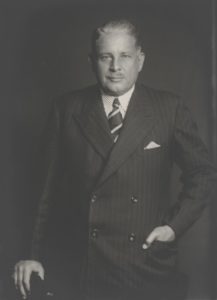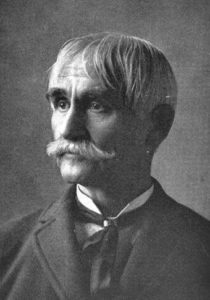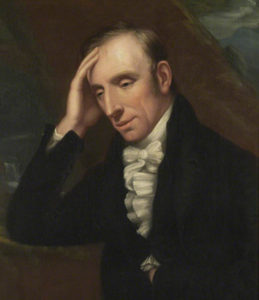We have decided to create the most comprehensive English Summary that will help students with learning and understanding.
Summary of Gulliver’s Travels Part 4 Chapter 5
Summary of Gulliver’s Travels Part 4 Chapter 5
The narrator, at his master’s command, informs him of the state of England and the causes of war among the princes of Europe. The narrator begins to explain the English constitution.
Over the course of two years, Gulliver described the state of affairs in Europe. Gulliver spoke to his Houyhnhnm master about the English Revolution and the war with France, in which, probably, about a million Yahoos were killed, approximately a hundred or more cities taken, and five times as many ships burnt or sunk.
Gulliver was asked to explain the causes of war, and he did his best to provide reasons for war. He spoke about the ambition of princes who wanted more land or people to rule over. Sometimes, corrupt ministers led the country into a war, in order to draw attention away from their evil administration. Gulliver talked at length about the bloody wars fought for ‘religious reasons’. Likewise, he spoke about the wars fought over reasons as trivial as what is the best colour or length for a coat. He told the Houyhnhnm about colonization and wars over colonies.
Sometimes, a prince declared war for fear of an attack. Wars were fought to dominate a weak neighbour; to subdue a strong one; to plunder a country that had been all but ruined by famine or a natural disaster; to take over a country in order to have its natural riches. The trade of a soldier, maintained Gulliver, was held to be highly prestigious. He talked of mercenary soldiers who fought for money. At times people murdered each other, out of jealousy, for a government post. An invading prince, Gulliver said, would conquer a country, kill half the population, and enslave the rest, all in the holy name of civilization.
Gulliver’s master then told Gulliver that, with all of this warlike nature, it was lucky that humans couldn’t do too much damage to each other because their mouths weren’t designed for easy biting. Gulliver explained the weapons of war and the damage that humans could do to each other. He started describing the horrors of the battlefield when his Master commanded him to silence. He commented that, although his Yahoos were abominable, English Yahoos were far worse because they used their intelligence to magnify, yet excuse, their vices.
The Houyhnhnm then asked Gulliver about England’s legal system. He wondered how laws could be bad or ruin men, when they were designed to save them. Gulliver then explained the legal system in some detail, criticizing lawyers severely in the process. He explained how some lawyers were trained from babyhood to defend the wrong side. So, they had no sense of justice. What was more, judges often preferred to agree with what appeared obviously untrue. So, people with right on their side might only win if they pretended that right was wrong.
Gulliver talked about precedent: anything that had been done before may legally be done again. Lawyers liked to split hairs and talked about irrelevant details to distract from the simple facts of all their cases. They had their own private way of speaking, which excluded ordinary people from either understanding of making laws. People in power could decide to convict others accused of crimes against the state because they had influence over the judges. Gulliver’s master commented that it was a shame that they spent so much time training lawyers to be lawyers and not teaching them to be knowledgeable and wise.

